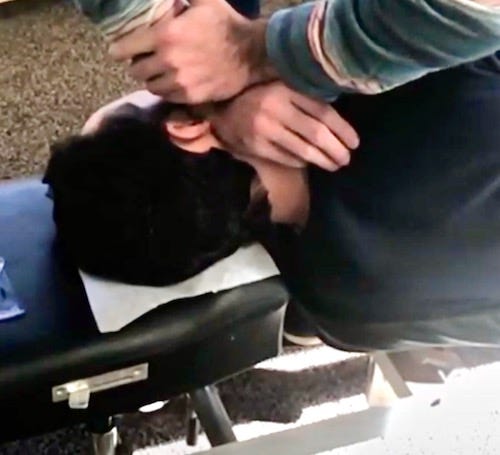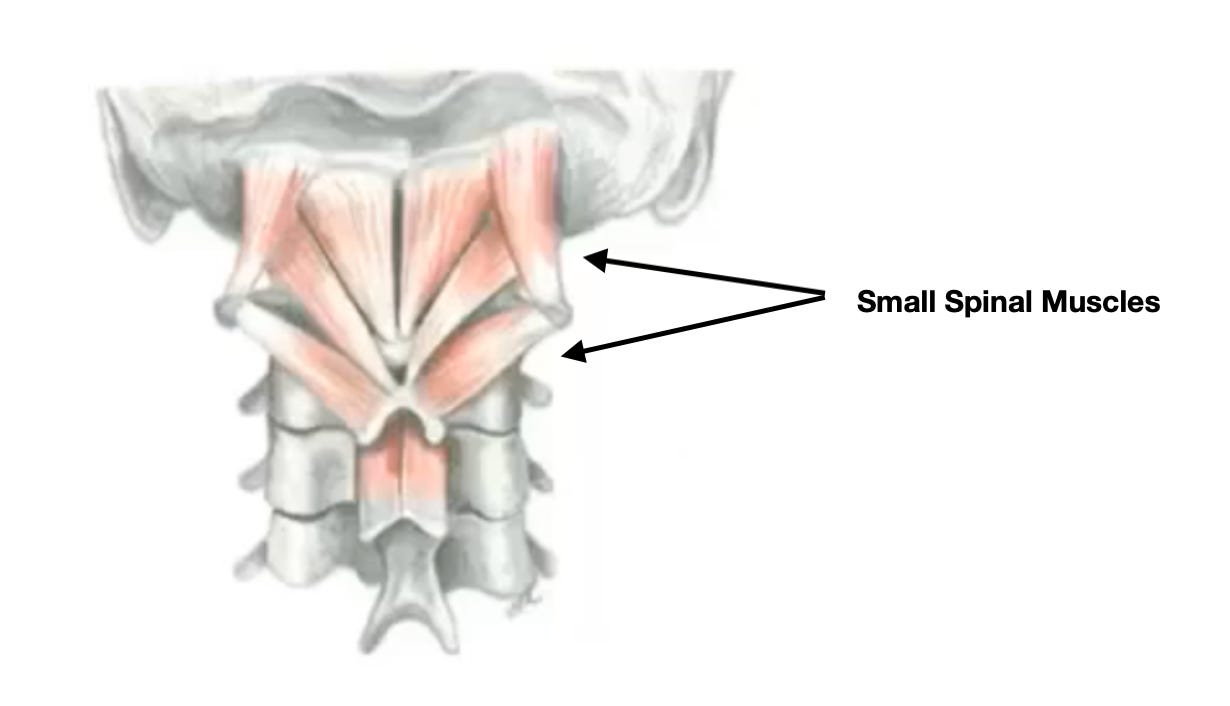"I don't want to have my back cracked."
How often have I heard a patient or prospective patient make this statement? Lots!
Just as chiropractic is misunderstood as a profession, the adjustment is also misunderstood. Some still think it's massage. According to the Etymology Dictionary, If we look at the word itself, it means "to fit things together properly, put things in order." Concerning the spine, it means to bring things into their proper relationship––to bring order. I'm sure we would rather have order than disorder in our lives.
So what does it look like to have a disordered spine? In the last chiropractic article, I mentioned the term Vertebral Subluxation.
This condition is where a vertebra has lost its normal position and motion, causing interference to the nervous system. It takes an outside force or multiple forces to cause a subluxation. The forces can occur in various forms. It's where the external forces overcome the internal resistive forces of the body.
The science and art of spinal adjusting is what the chiropractor does to assist the body in correcting subluxations. The body can repair itself. For instance, someone could whack your bottom with a shovel and accidentally correct a subluxation. However, that is not the method of choice because it could just as easily cause vertebral subluxation.
There are multiple methods that chiropractors use to correct the spine. Whichever technique chiropractors use, the goal is the same, the removal of nerve interference.
Here are the most commonly used methods, including one of the oldest, first developed in the 1930s by B.J. Palmer, the chiropractic developer. Just a hint; think toggle bolt—those hook-type devices which open up inside a wall cavity and allow you to hang pictures.
Toggle Recoil Adjustment
The toggle recoil is similar to the action of a toggle bolt, though in reverse. A swift thrust is delivered by hand to either of the top two vertebrae in the neck. There is a specially designed drop headpiece. The chiropractor's elbows extend at the bottom of the drop. The vertebra is set into motion, and then it recoils or rebounds to settle in a new position. It is a highly effective adjustment that has stood the test of time.
Manual adjustments are commonly made directly on a vertebra. The chiropractor may use different parts of the hand. Drop pieces on the adjusting table use gravity to assist with the adjustment. The relevant drop piece is cocked up anywhere from 1 to 2 inches. That is the extent of the drop and helps to facilitate the ease of the adjustment.
Adjustments without the drop piece may illicit a joint sound.
In the past 25 years, computerized adjusting instruments have been developed, such as the Pulstar. This analysis tool also delivers adjustments using pre-set forces and multiple taps on a vertebra up to 20 per second.
Hand-held, manually adjusted instruments such as the Integrator are used to apply a more subtle force determined by how the body's intelligence is trying to correct the spine.
All adjustments deliver a force into the spine, which the body can utilize to correct the subluxations. In other words, the chiropractor is a facilitator by introducing the force. Still, the body ultimately repositions the vertebra where it belongs.
Subluxations become chronic because the small spinal muscles maladapt, and the brain retains that memory.
It's also important to emphasize that adjustments appropriately performed should not be painful, though sometimes some symptoms will be associated with the body making changes. That is normal. Also, sometimes the body will 'retrace' previous symptoms that have not been present for some time––also normal.








